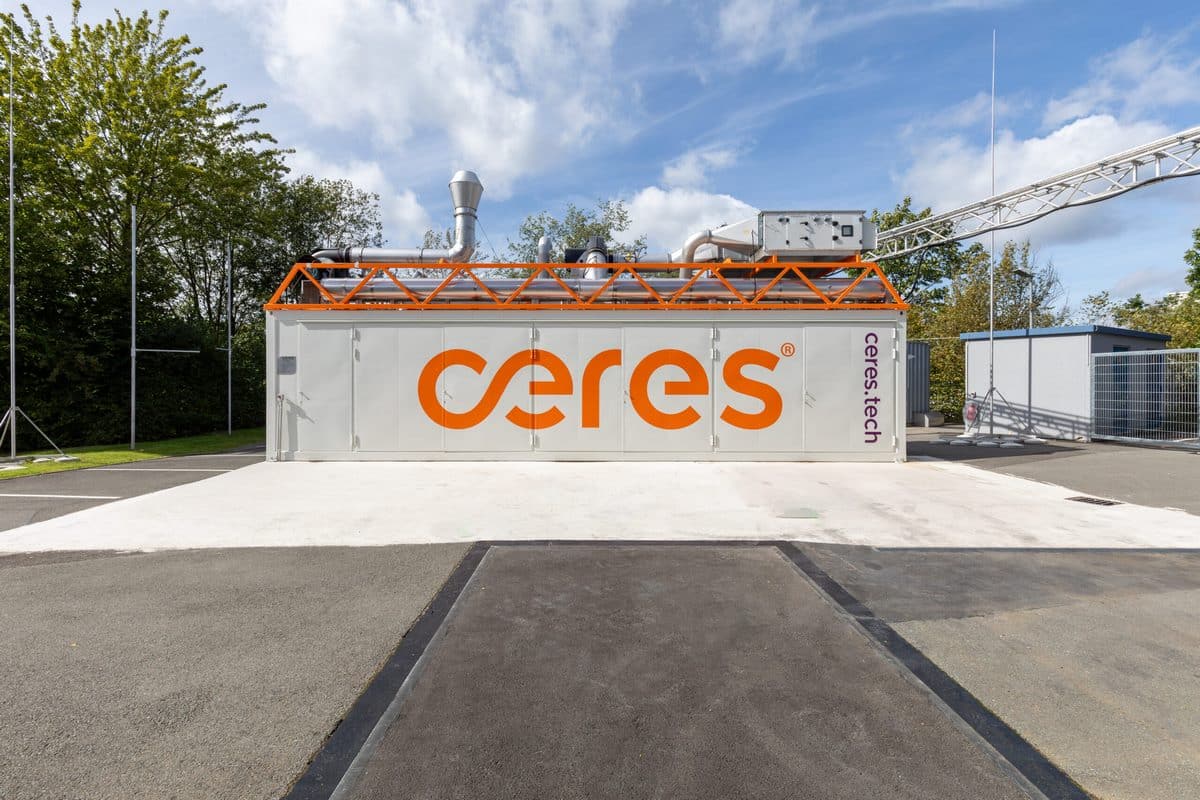Fuel cells are regarded as easy-to-handle, high-performance devices. When used in electric vehicles, they are a viable alternative to the battery-only option. They can be refueled in just a few minutes, offer a high range, and remain operational even in low-temperature settings. Plus, they are closely linked to renewable sources of energy. As hydrogen is en route to becoming the main method for storing renewable electricity, it will be available in large quantities. IAV recently added a fuel cell test station at its R&D center in Gifhorn, Germany, to increase the company’s capabilities for designing fuel cell vehicle components.
Automakers have succeeded in driving fuel cells into the limelight, as evidenced by the rapid growth of IAV’s development services and expanding test cycles. Fuel cell cars make it possible for manufacturers to cut the amount of carbon dioxide emitted by their vehicles without having to tell customers to expect a bumpier ride. In short, the fuel cell engine is certain to beat the competition.
A full range of applications
In Gifhorn, IAV has the latest test equipment to investigate PEM fuel cell stacks and systems, as well as assess peripheral components, such as humidifiers, compressors and recycle blowers. The station has been designed for testing stacks at up to 180 kilowatts and systems at up to 150 kilowatts of electric power.
The equipment is a means to evaluate the effectiveness of hydrogen-driven PEM fuel cells installed in vehicles. It allows the researchers in Gifhorn to observe fuel cell behavior in dynamic settings that resemble real-world application. An extensive list of tools is available for analyzing mass-market products, but the station can also be used to answer questions at an early stage of development and research.
Fuel input can be regulated based on a wide range of parameters, for example, to study the impact of pressure, temperature and humidity on performance. It is also possible to vary hydrogen quantities to model increases in nitrogen concentrations inside fuel cells. In addition, the equipment includes tools to analyze stack properties. One example is a voltmeter for measuring the voltage of single cells under highly variable operating conditions.
A complete range of test cycles
…
read more – order H2-international
Written by Ralf Wascheck, Ingenieurgesellschaft Auto und Verkehr (IAV), Gifhorn, Germany


























0 Comments